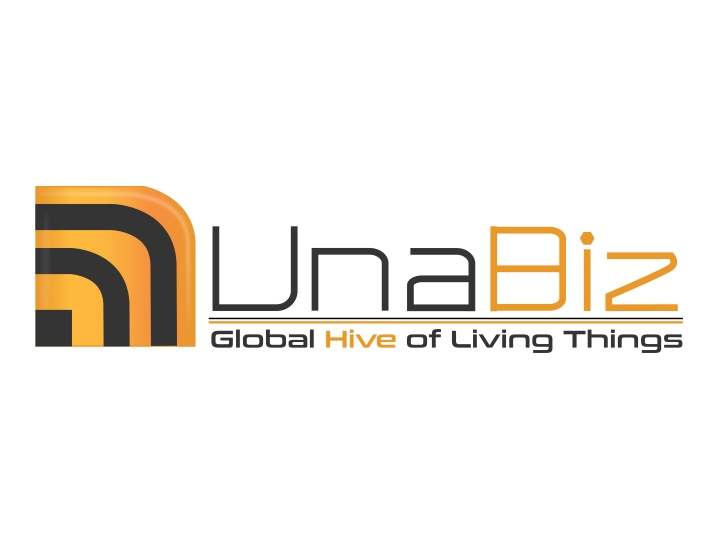Source: Computer Weekly
From offering low-cost connectivity to hardware design and integration services, the Singapore-based technology supplier is causing a stir in the internet-of-things market
Disrupting the status quo has been the name of the game for UnaBiz, an operator of the Sigfox low-power wide-area network (LP-WAN) that shook up the market for internet-of-things (IoT) connectivity two years ago by offering subscription charges of just under one US dollar per device per month.
The move raised eyebrows among industry watchers then, but that didn’t stop the startup from chasing its goal of lowering the barriers to IoT adoption. After building up a sizeable base of customers, including Engie, a French supplier of property and energy management services, UnaBiz is now setting its sights on the IoT hardware market.
“One of the issues with the IoT ecosystem is that hardware is still too expensive to be accepted by industry and users,” said Henri Bong, CEO of UnaBiz. “To achieve massive IoT adoption, we have to bring down prices.”
Bong, a French-born Chinese, found like-minded technology partners in Taiwan, such as Lite-On, and continues to work with them today. Many of them saw a need for cheaper IoT sensors at prices as low as $15, and went round the market asking for them. “That woke up the industry, which realised they can’t sell a tracker for $80 with an 80% margin any more,” said Bong.
Today, UnaBiz operates a 20-strong engineering outfit that includes mechanical, electronics and radio frequency engineers in Taiwan, a global semiconductor manufacturing hub. The engineers design sensors that measure air quality, among other things, for IoT technology suppliers that have the software smarts, but lack the hardware knowhow.
Besides having a cost advantage, Taiwanese engineers have also enabled UnaBiz to take prototypes to production in just under three months. This includes miniaturising components, which has not often been the case until recently.
“If you look at what the IoT has been like for the last two, three years, most of the sensors are housed in boxes with wires sticking out,” said Bong. “We are very happy that we managed to secure ISO 9001 certification at the end of last year for our processes and quality management, which is quite rare for a startup.”
UnaBiz’s advances in hardware design are the envy of telcos, especially those that are missing the hardware piece necessary to drive wider adoption of the IoT. “Many of them are working with local hardware partners or those in China that they’ve found to be slow and expensive,” said Bong.
Still, UnaBiz had to tread carefully in Taiwan, where it also runs a Sigfox network, to keep costs in check in order to stay competitive. It buys core components, such as transceivers and microcontrollers, in bulk from direct sources such as STMicroelectronics, and leaves it to electronic manufacturing service (EMS) suppliers commissioned to make the actual hardware to source for other components.
By providing its hardware designs, UnaBiz can also avoid the hefty fees that big EMS suppliers often charge for additional R&D work to make up for their lack of dedicated LP-WAN and IoT expertise, said Bong.
Not content with disrupting IoT connectivity and hardware, UnaBiz has started building up integration capabilities to make IoT hardware and software applications work well together.
“Integration is not as simple as connecting a tracker to a Sigfox network,” said Bong. “After you provision the service, you need to know how to get the data out, interpret it, and so on.”



